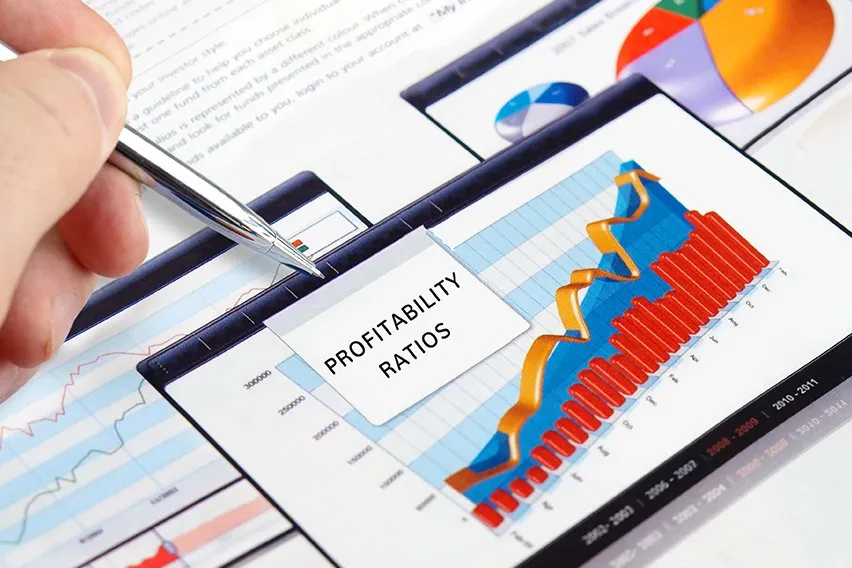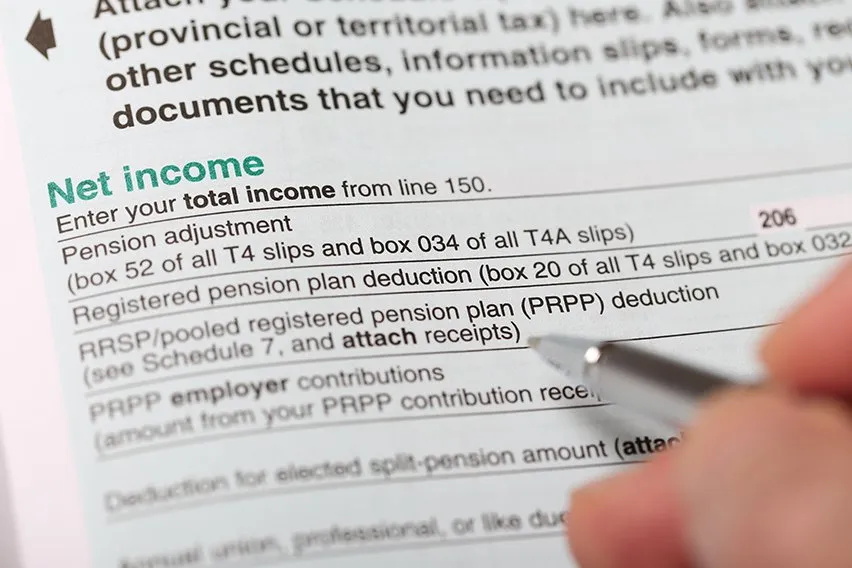How to Do Cash Flow Analysis? The Ultimate Guide

Cash is king, or so the saying goes. When you’re running a business, cash really can be everything. Cash flows are important. They keep your business moving in the right direction. Without cash flow, you won’t be able to do much of anything. As such, having an understanding of your cash flows is important. If you’re looking to make sure your cash is in the right places, keep reading. We’re going over cash flow analysis in this article.
Here’s What We’ll Cover:
Conducting a Cash Flow Analysis
Using the Cash Flow Statement to Review Financial Health
What is a Cash Flow Analysis?
A cash flow analysis is a method of creating a cash flow statement. Cash flow statements are financial statements that record how money flows in and out of your business. This statement covers a set period of time. This time period normally lines up with your accounting period.
When examining cash flow, there are two directions of flow described. These are cash outflows and cash inflows.

Cash Outflow
Cash outflow is the money that a business spends. This can be used in a number of ways. Most commonly, cash outflows consist of the following categories:
- Operational Activities: Also known as operating expenses. This is money spent on employee salaries, as well as suppliers.
- Investment Activities: Loans to other entities, or expenditures made to acquire fixed assets.
- Financing Activities: Payments to pay dividends or buy back shares from shareholders.
Cash Inflow
This is the money that’s coming into your business. There are a number of ways for a business to make money. The most common types of cash inflows are listed below:
- Business Activity: This is money brought in from day-to-day operations. Sales revenue is also a term for this type of cash inflow.
- Sale of Assets: This is different from business activity. Sale of assets are a one-time sale, meaning that they aren’t a part of day-to-day operations.
- Financing Activities: Financing activities can also be a form of cash inflow. Selling treasury stock to shareholders is an example of this.
Conducting a Cash Flow Analysis
Under normal circumstances, most business owners will conduct a cash flow analysis once a month. This lines up with their monthly accounting period, and it indicates their financial health. However, if your business is going through a volatile period, it may be better to analyze cash flow more often.
Preparing a Statement of Cash Flows
Most accounting software can help you create a statement of cash flow. If you don’t have an accounting software provider, consider FreshBooks! Their software can help you keep all of your accounting records in order. If you don’t have software to lean on, a statement can be made manually.
To begin, choose a period of time that you want to analyze cash flow for. A month is the normal starting point. Then, enter the company’s total cash balance at the beginning of a spreadsheet. If you’ve done a statement before, use the previous statement’s ending balance. If this is the first time, take the cash balance from your balance sheet.
Now, determine your cash inflows and cash outflows. For each category, add the inflows to the outflows to come up with a balance. The three most common categories are:
- Operating activities
- Investment activities
- Financing activities
Once all of the inflows and outflows have been added to one another, you’ll arrive at the closing balance. If your closing balance is higher than the opening balance, you have a positive cash flow. If it’s lower, then you have negative cash flow.
Using the Operating Cash Flow/Net Sales Ratio
From the cash flow statement, a useful ratio can be found. When you’ve determined your company’s operating cash flow, you can compare it to net sales from the income statement. When you do this, you’ll divide the cash flow by net sales. Overall, you want to have a higher percentage. This indicates that the net sales are outweighing the operating outflow. When the percentage is lower, cash flow will need to be reviewed and remedied.
Using the Cash Flow Statement to Review Financial Health
Regular financial statements are important to any business. Among them, the cash flow statement may be the most important. By staying on top of where your money is, you can increase cash flow. You can also pinpoint problem areas in your business activities.
For example, if you have a positive cash flow, you can assume that your business is doing well and generating income. This means that things are working the way that you intend them to. While things can be reviewed further, you know that your business is still performing positively.
However, if you have a negative cash flow, you can find the issues in activities to fix this. You can look at areas of concern, like outstanding income in your accounts receivable. If your business had an unexpected need for expensive equipment, a negative cash flow may be acceptable. However, if that negative statement affects the next month’s cash, you’ll know you have a problem on your hands.

Why is a Cash Flow Statement Important?
Simply put, cash flow statements are a glimpse at the health of your business. They’re also used by financial institutions for business financing. Securing financing with a continuous negative cash flow is not something any business can do. Banks and lenders want to see that their money will be returned to them. If a business is losing cash from month to month, then lenders won’t feel secure lending to them.
Another key point to make is the patterns that can be discovered using cash flow statements. When you analyze your cash flow often, you’ll begin to notice trends in your business. You will see that cash dips when bills are due, or when salaries are paid out. You’ll also see it rise when sales volumes increase.
Cash Flow is Not the Same as Profit
Just because your business has a lot of cash on hand, it doesn’t mean that it is profitable. While a positive cash flow will often indicate that a business is doing well, profit margins determine profitability.
What to do When Cash Flow Runs Short
Cash flow statements can be used to forecast your cash in the coming months. When you realize that you’ll be running short on cash, you can take certain measures to protect your business. Without a cash flow statement, this would be impossible. If cash is going to run out, any of the measures below can be used to bridge the gap:
- Staff adjustments can be made to decrease payroll costs.
- Inventory orders can be reduced if stock is adequate.
- Vendors can be paid later than usual, so long as due dates are still met.
- Marketing tactics, like sales specials, can be put into place to increase revenue.
- Accounts receivable can be pursued for outstanding balances.
- Prices can be raised.
- Short-term financing can be secured to get past the breaking point.
Many of these are quick fix options, and long-term resolutions need to be found. Without a cash flow statement, though, these wouldn’t be able to be done.
Key Takeaways
Cash flow is what breathes life into a business. However, it can also be the factor that suffocates it. If you don’t analyze your cash flow regularly, you may miss opportunities to improve it. Cash flow analysis is one of the most important financial statements for any business, no matter the size. If you found this article to be helpful, be sure to check out our resource hub! We’re here to help businesses like yours.
RELATED ARTICLES

 Small Business Deduction: Understand What You Should Know
Small Business Deduction: Understand What You Should Know How to Pay Using Pre-Authorized Debit? A Beginner’s Guide
How to Pay Using Pre-Authorized Debit? A Beginner’s Guide How to Calculate HST for Small Businesses
How to Calculate HST for Small Businesses Profitability Ratios: Definition & Types
Profitability Ratios: Definition & Types What is the Cost Principle? Definition & Meaning
What is the Cost Principle? Definition & Meaning How to Calculate Net Income: Examples & Formula
How to Calculate Net Income: Examples & Formula